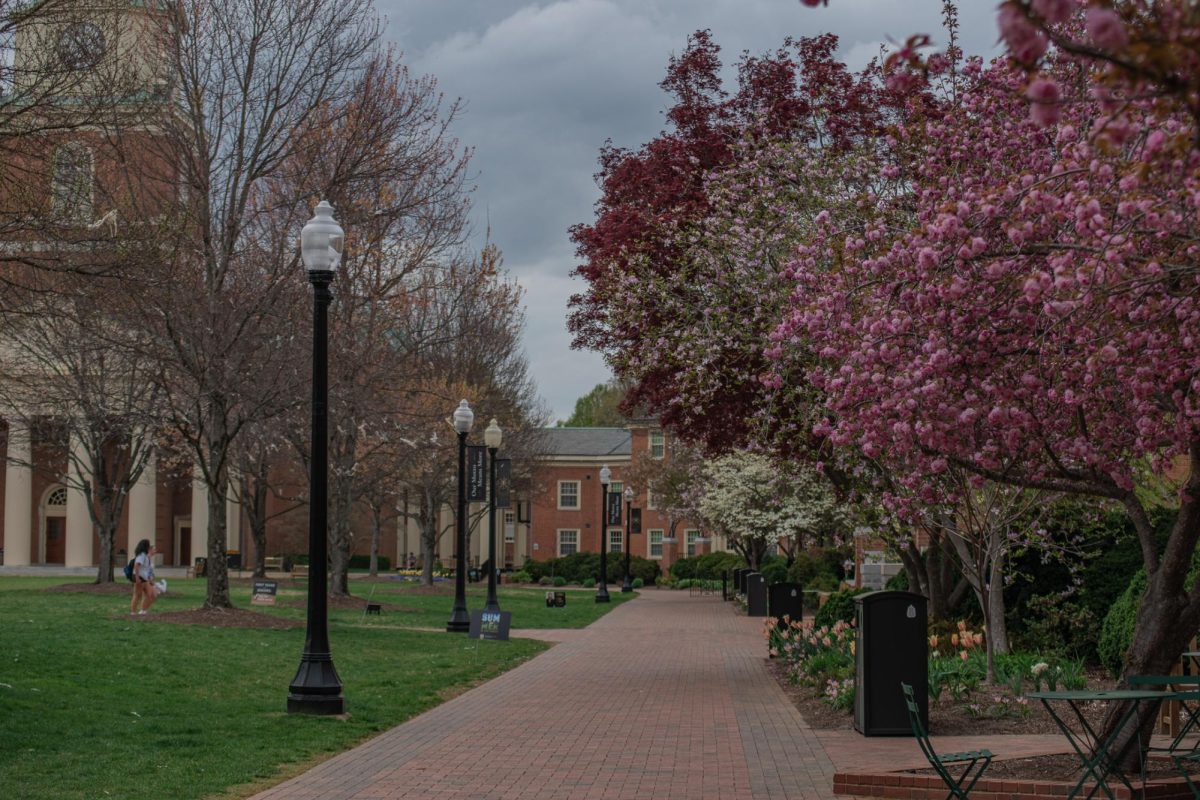Every American, at one point or another, has been pissed off at a biker. They may have just edged onto the highway, out of their sliver of afterthought on the side of the road, or in fact taken up an entire motor vehicle lane with what seems like unjustifiable aplomb.
Serious bikers in the U.S., no matter the city or suburb, are just that: people who take themselves very seriously. They are usually in their aerodynamic, second-skin gear with paraphernalia that ranges from racing shades to Camelbaks to clip-on shoes. They look like insects or some slippery proto-alien that won’t make it to final cut.
The animosity toward the American biker community is, in a way, a reaction to their own capitalist re-tooling. The American biker has modelled himself after the Tour de France champ, but in an embarrassing, vaudevillian way. The biker has become a mere hanger for all his trappings, a mobile hook, biking at an either alarmingly slow and tedious rate, or else a reckless bob and weave that leaves vehicle operators jerky at the wheel.
The attitude of American freedom, of movement and choice and opportunity, seems to be epitomized, or rather hyperbolized, by the American biker. They exude a certain smugness specific to them, some sort of superiority of intent that allows them to drift into traffic either as to nearly shear the chassis of a moving car, or outright overtake its spot in the vehicle lane. And even though this may be the biker’s legal right, it remains nothing but a practical annoyance.
In Denmark, biking is no practical annoyance. It is just practical. The smaller country affords a much bigger allowance to bikers, giving them a spacious lane that nearly equals that of a car. This serious incorporation has constructed an etiquette of parity. Cars in Denmark, albeit the smaller Peugeot or Citroën-types, cede to bikers a right of way that in the U.S. would be preposterous and uneconomical.
There is no “biking culture” that I’ve noticed in Denmark. Biking is actually part of the dominant transportation, and therefore woven into culture-at-large. There is no dissonance between mainstream transportation and biking. Biking is mainstream transportation.
In the U.S., biking culture consists of the eccentrics who tend towards the fanatical in regard to an irrelevancy. It is not their fault that the U.S.’s geographical sprawl is not conducive to biking; it is their fault that they choose to regard this fact as an affront and proceed to mist vitriol on those whose paths they blatantly deter.
Most biking in the U.S. is of the stationary kind, at your local gym, unobtrusive and accepted as cardiovascular banality. To bike outside, in nature, on a road, no less, is tantamount to an act of cultural insurgence. It is a kind of nonsensical self-importance that actively undermines and scoffs at the public right to maneuver.
Next time you catch a sideways glance from a vexed biker, just know he’s the problem, not you.















